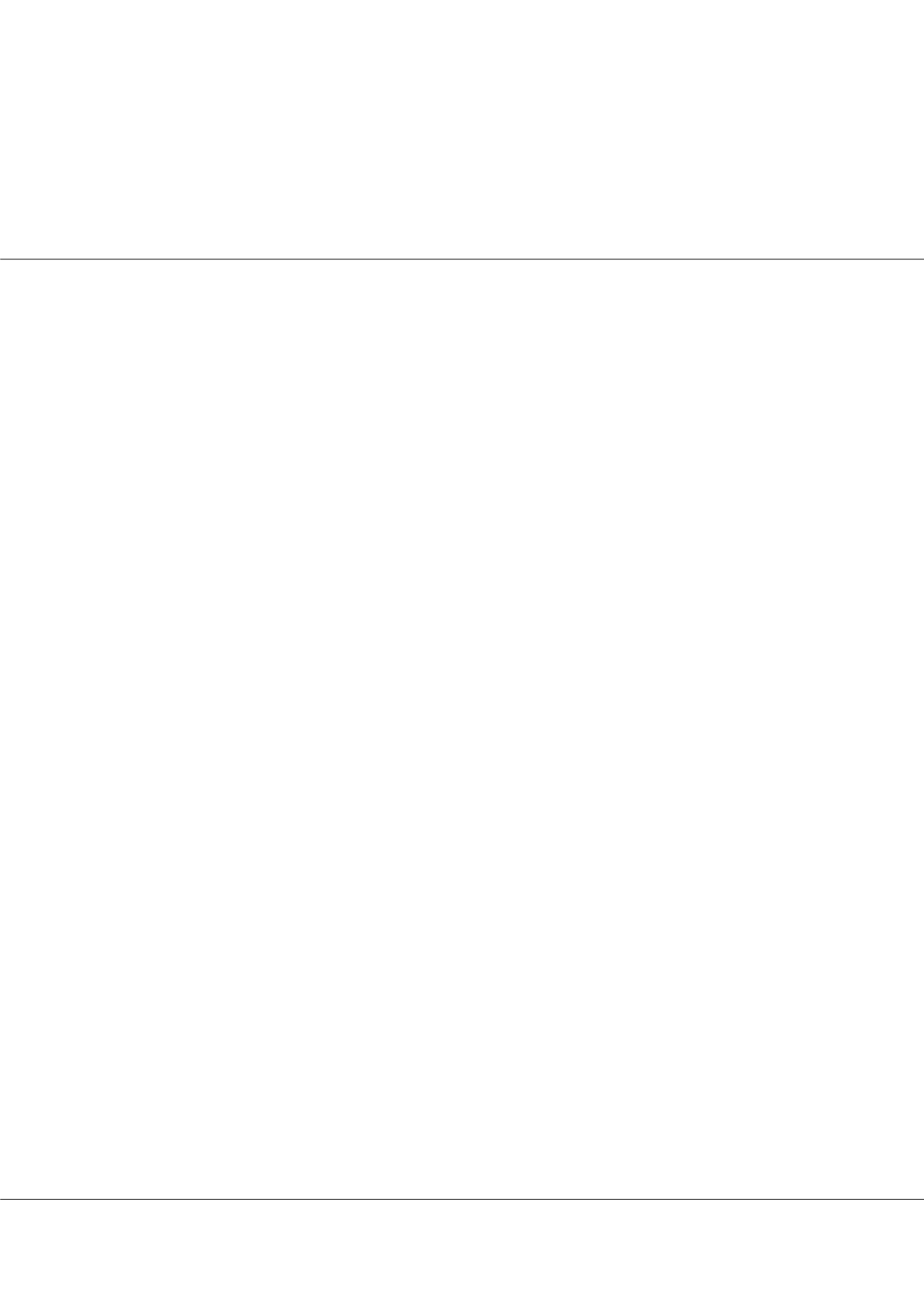

Page 44
Notes:
Journal of Community & Public Health Nursing | ISSN: 2471-9846 | Volume 4
December 05-06, 2018 | Chicago, USA
Registered Nurse and Nurse Practitioner Meeting
21
st
World Congress on
Nursing Education and Management
&
Evaluating stress relief & stress effects with cognitive appraisal & perceived stress constructs
Dale Hilty
Mount Carmel Collage of Nursing, USA
Researchers investigating cognitive appraisal and stress have focused on applying their findings to the creative arts, pregnancy,
psychotherapy, academic, and sleep quality (Erschens et al., 2018; Martin, et al., 2018; Gonzalez-Ochoa, 2018; Wersebe et al.,
2018; You-wei et al., 2018).
The purpose of this educational intervention was to examine the effects of stress and stressors experienced by first semester
Bachelor of Science of Nursing undergraduate students. One-hundred and eighty-four questionnaires were completed by the
participants. The questionnaire consisted of two sections. First, the Brief College Student Hassle Scale (BCSHC) measured
stressors (Ward & Hay, 2015) where participants rated their school and personal stress levels.
Hypothesis 1:
Determine whether the stress was a multidimensional construct for BSN students. Using SPSS 25, exploratory
factor analysis principle axis (EFAPE) was used to select underlying factors and items (loadings >.50). Hypothesis 2: Determine
if the coefficient alpha reliability coefficients for the EFAPE common factors had estimates greater than .70. Hypothesis 3:
Determine the difference between participant ratings on questions measuring School Stress Level and Personal Stress Level.
Using SPSS 25, the independent t-test would be to determine significant differences between the two groups. Hypothesis
4: Determine whether a mean difference in the answers measuring stress relieving techniques and the effects of stress was
presented for the fore-mentioned groups. Using SPSS 25, chi-square test would evaluate this hypothesis.
Results:
Hypothesis 1: The EFAPE analysis found two factors (eigenvalues: 2.25, 1.71) based on the scree test accounting
for 65.9% of the variance. Six of the BCSHC hassles/frustrations had factor loadings greater than .50. The common factors
were named School (three questions) Personal (three questions). Hypothesis 2: Coefficient alpha estimates: School, .748 and
Personal, .721. Hypothesis 3:
Independent t-test found significant differences for the two groups (School, p=.004; Personal,
p=.000). Hypothesis 4: Chi-square test was applied to relieving stress techniques and stress effects data, resulting significant
findings (p=.012-.041).
Biography
Dale M. Hilty, Associate Professor at the Mt. Carmel College of Nursing. He received his PhD in counseling psychology from the Department of Psychology at The
Ohio State University. He has published studies in the areas of psychology, sociology, and religion. Between April 2017 and April 2018, his ten research teams
published 55 posters at local, state, regional, national, and international nursing conferences.
dhilty@mccn.eduDale Hilty, J Comm Pub Health Nursing 2018, Volume 4
DOI: 10.4172/2471-9846-C4-012
















